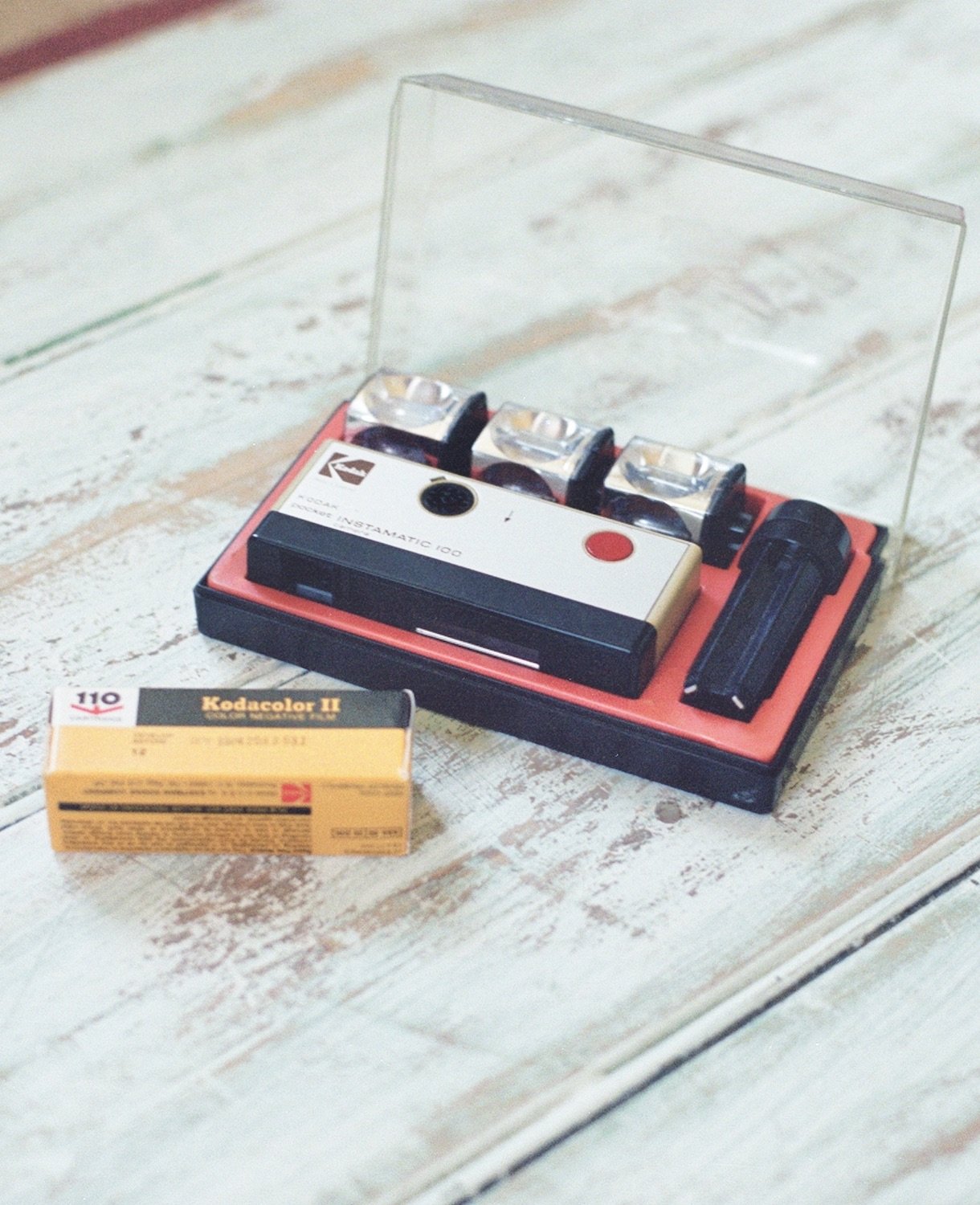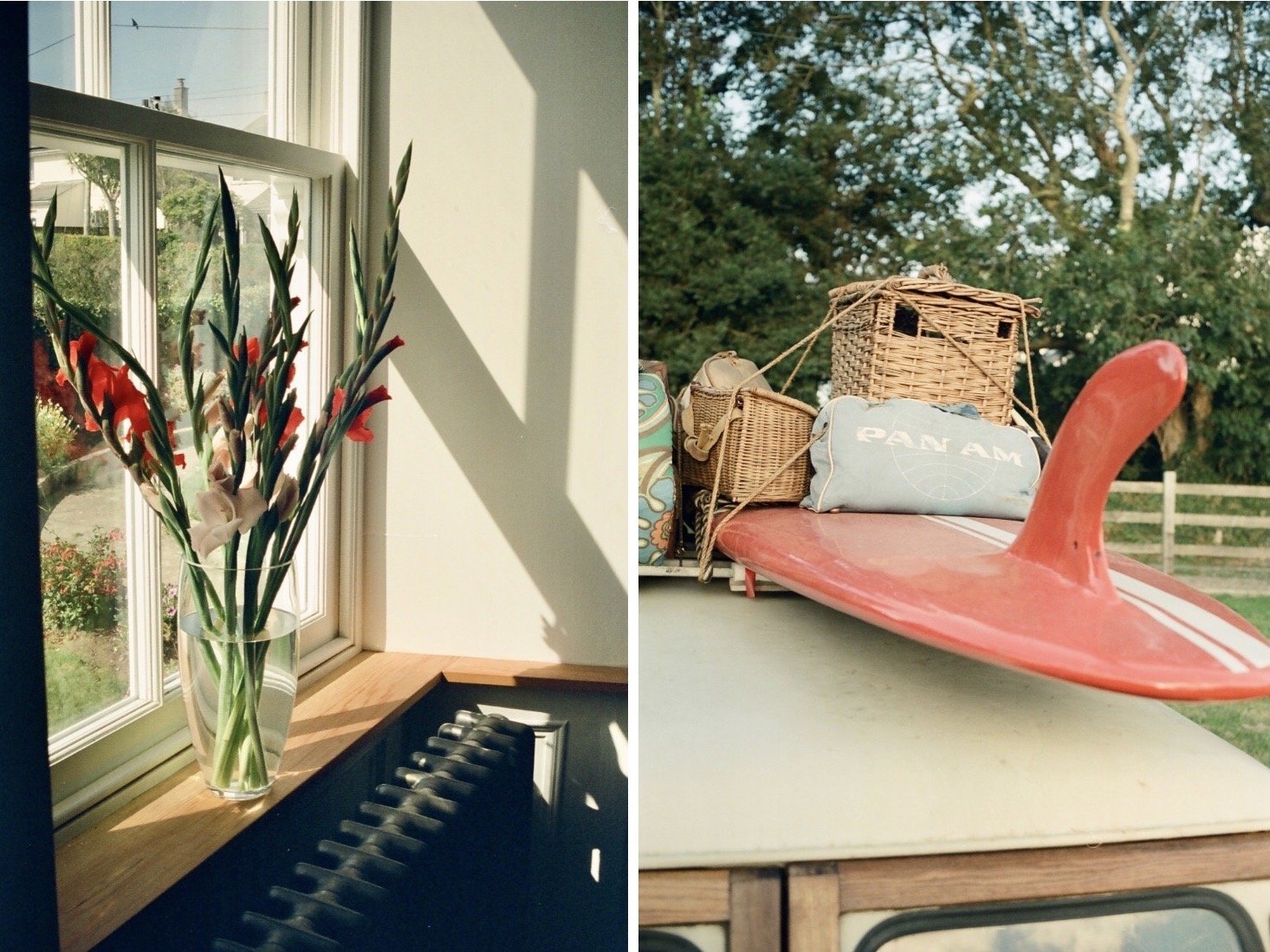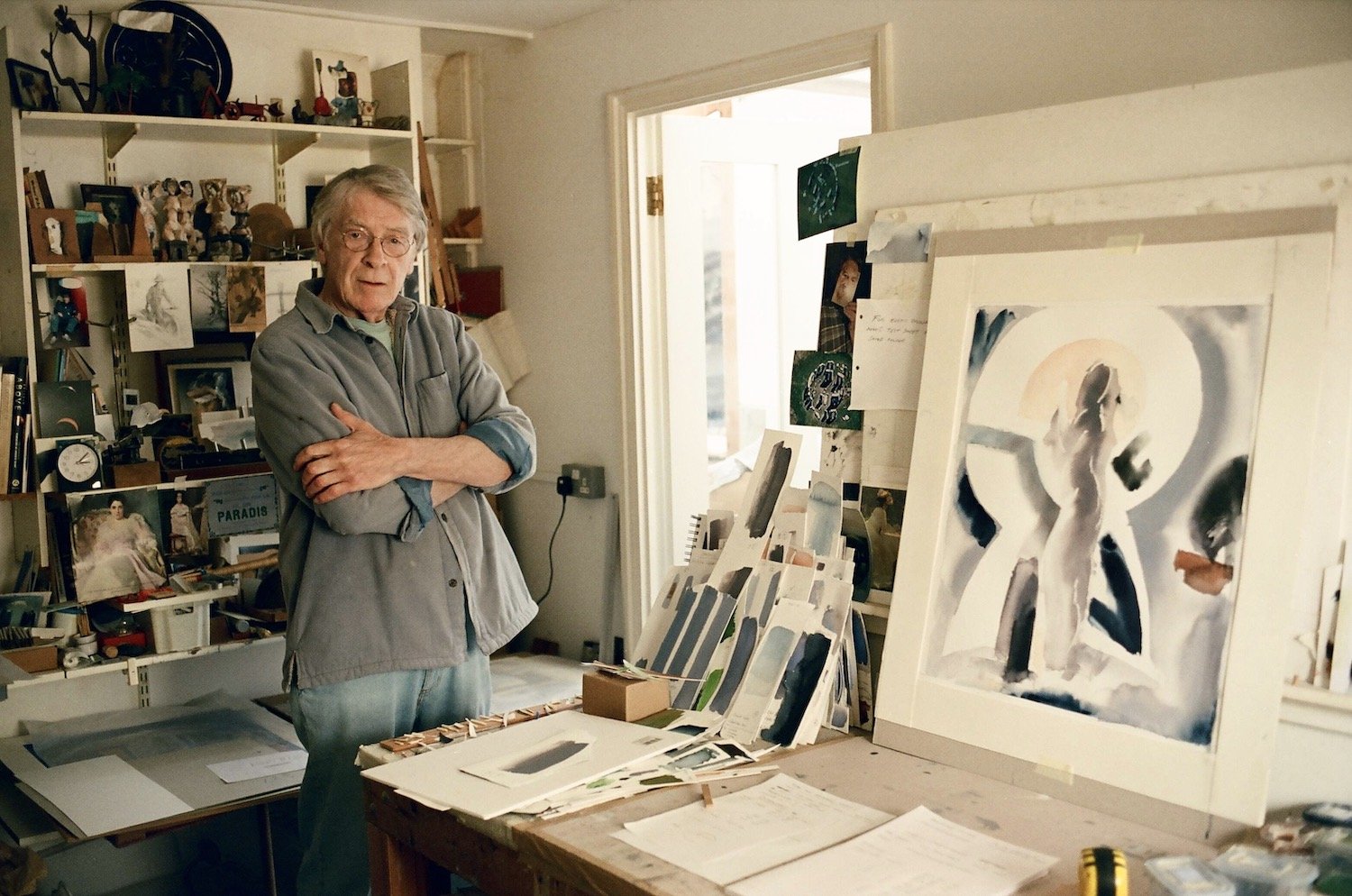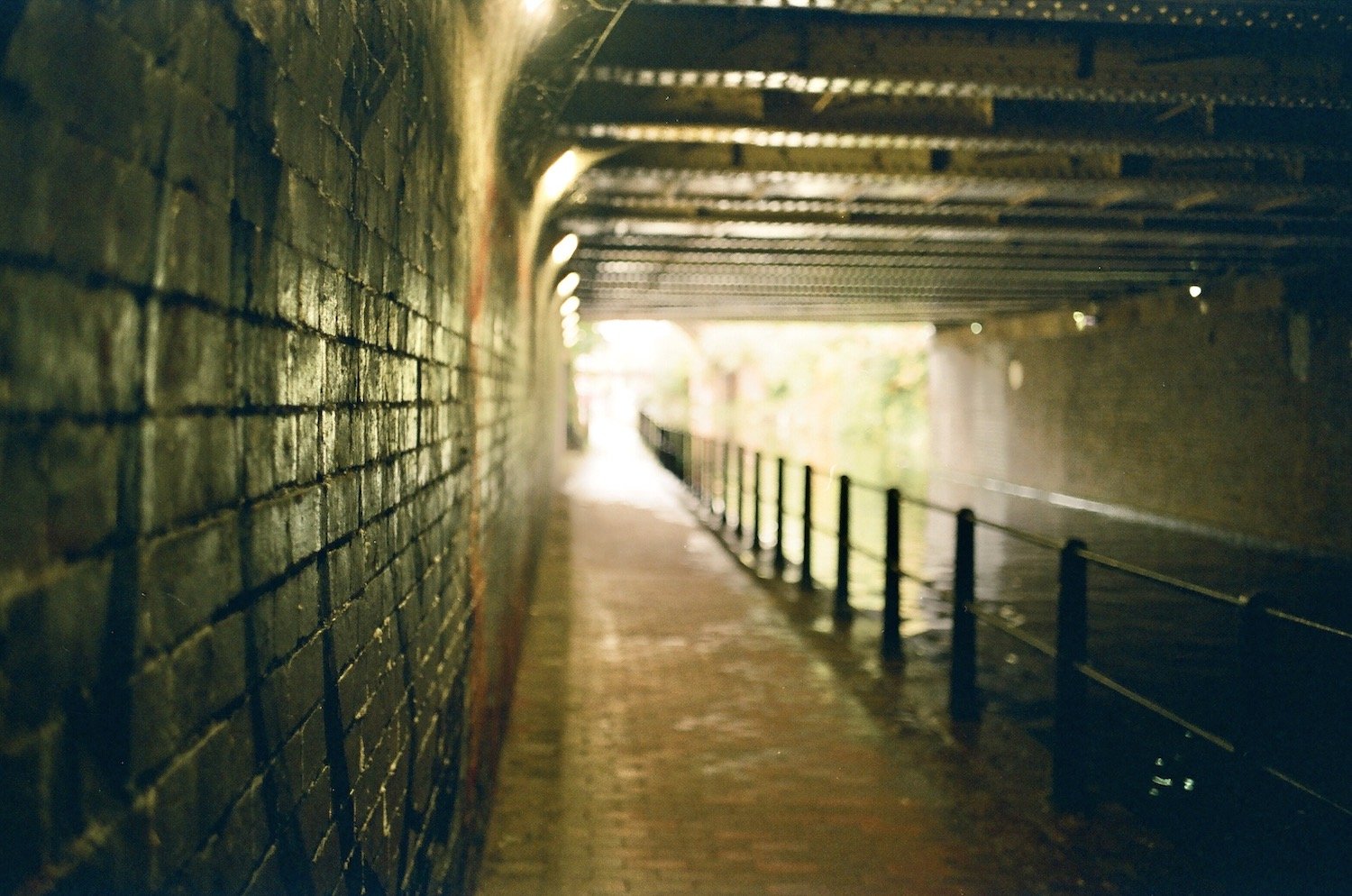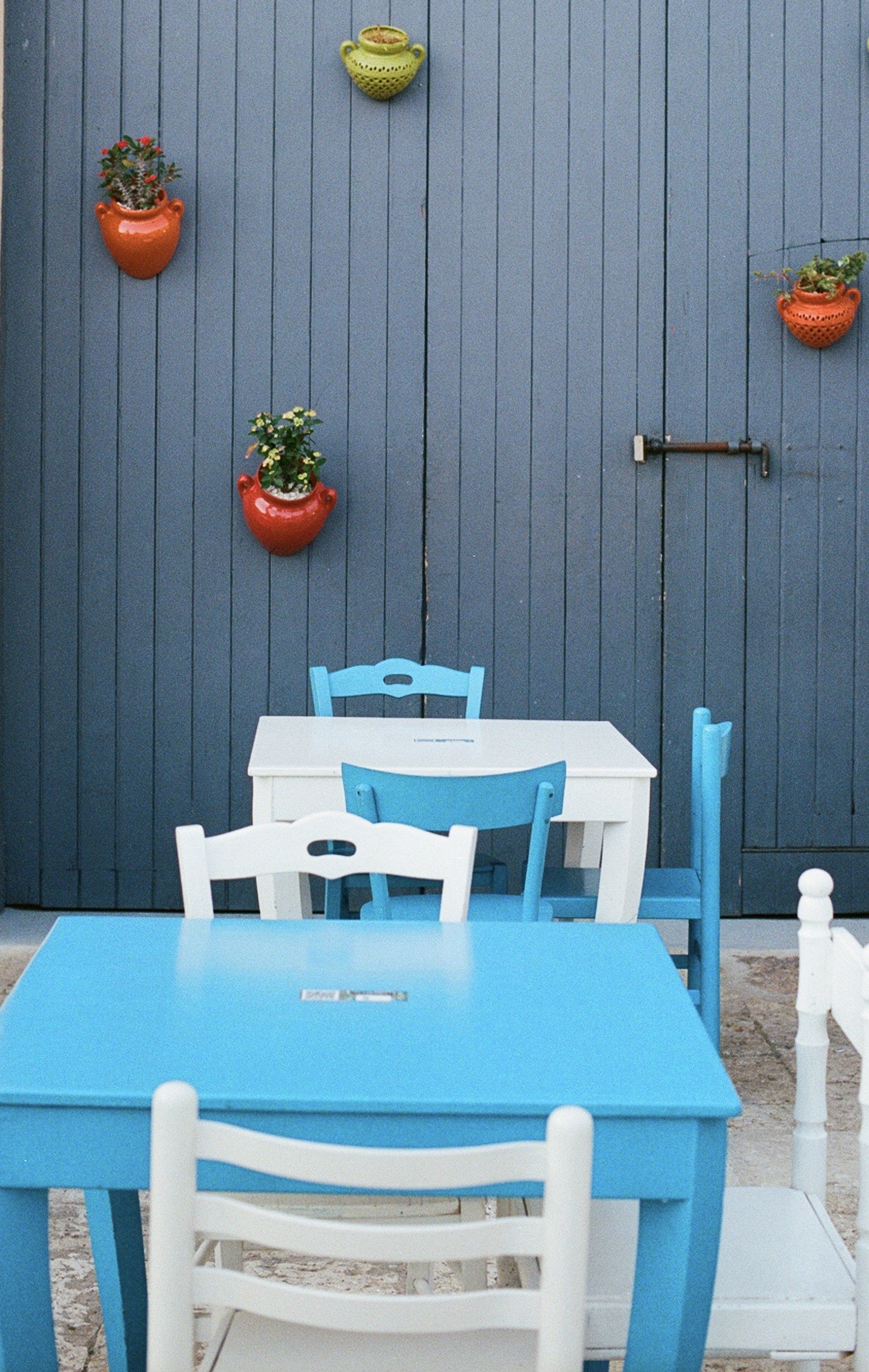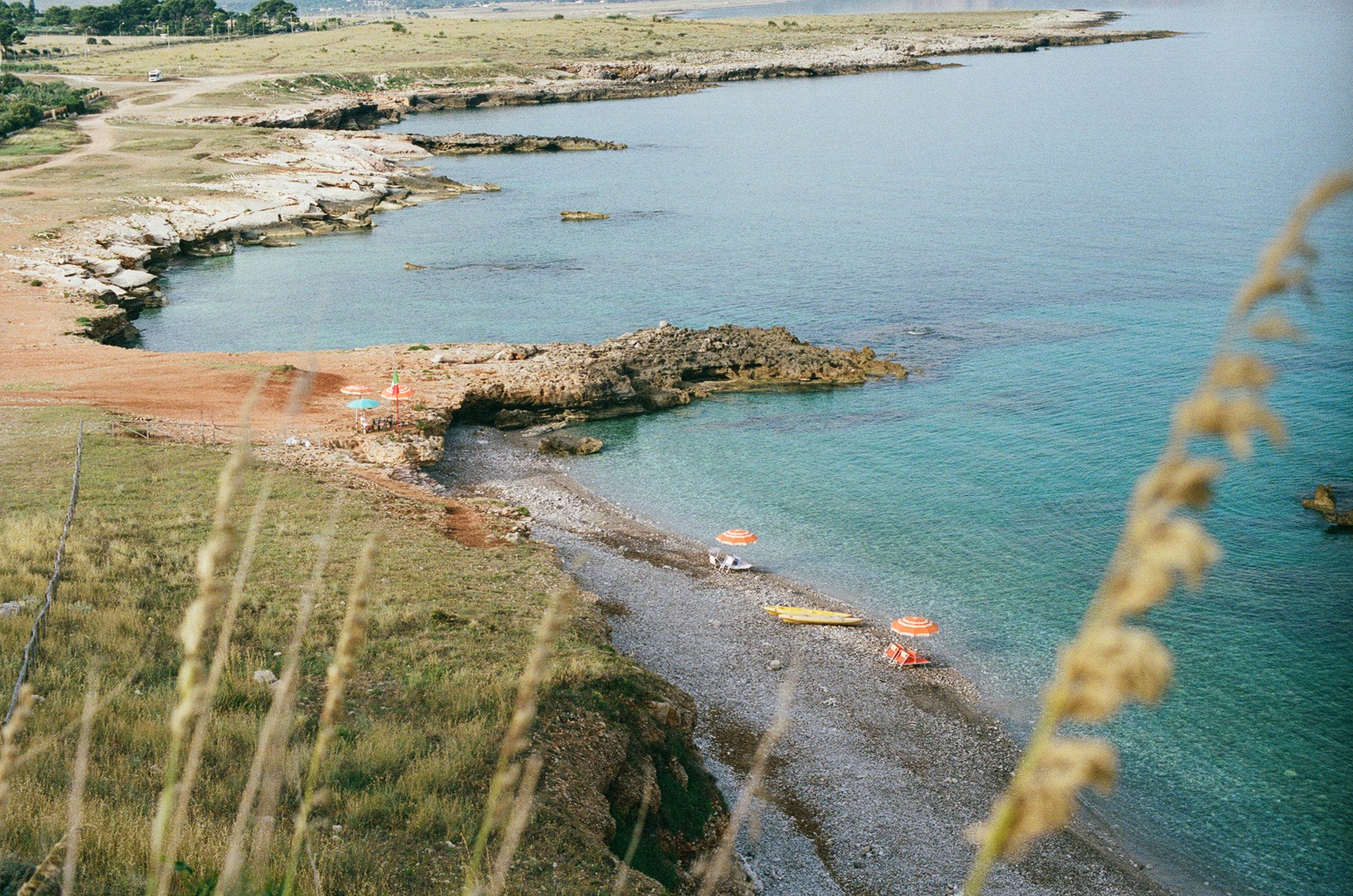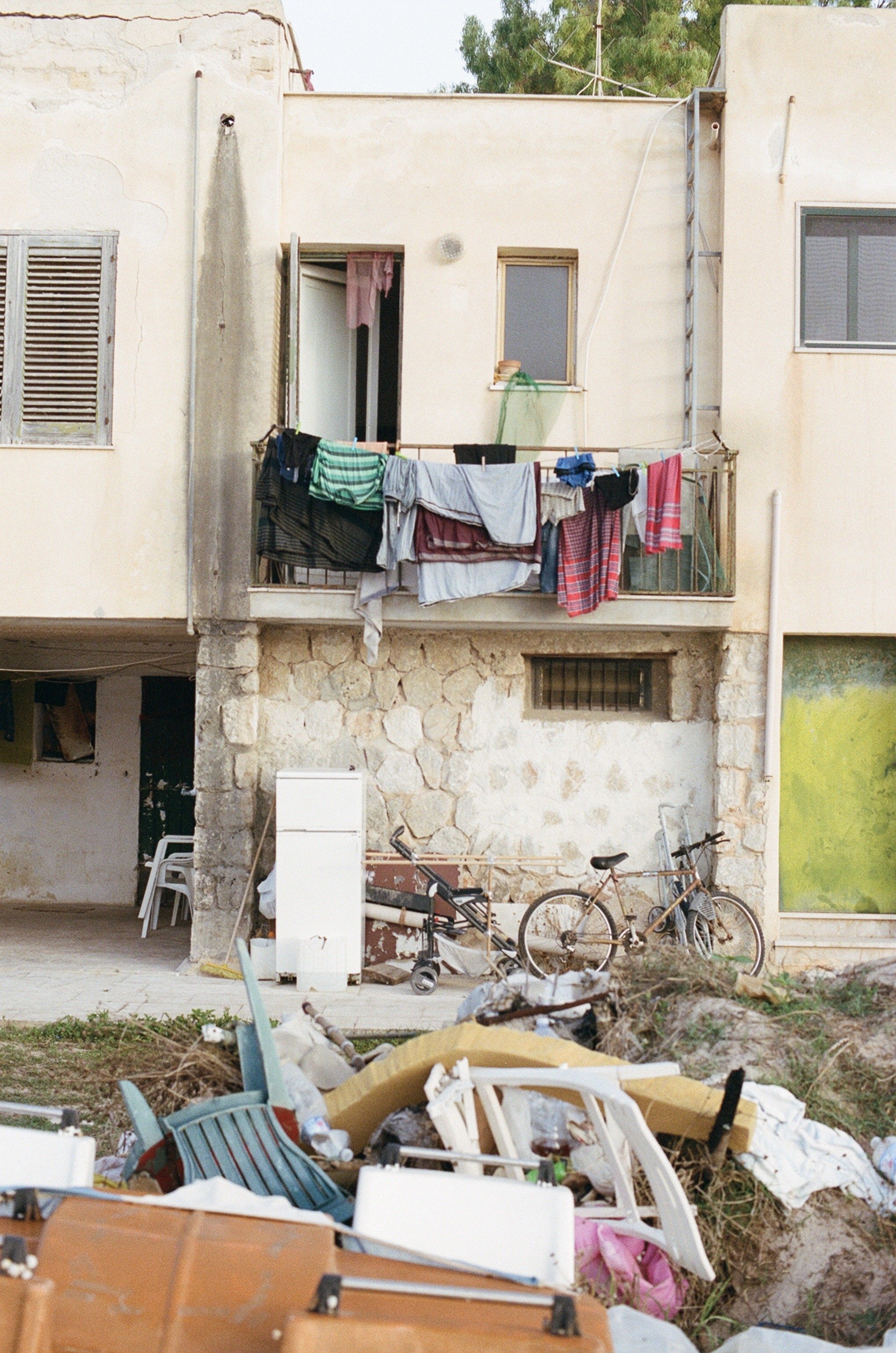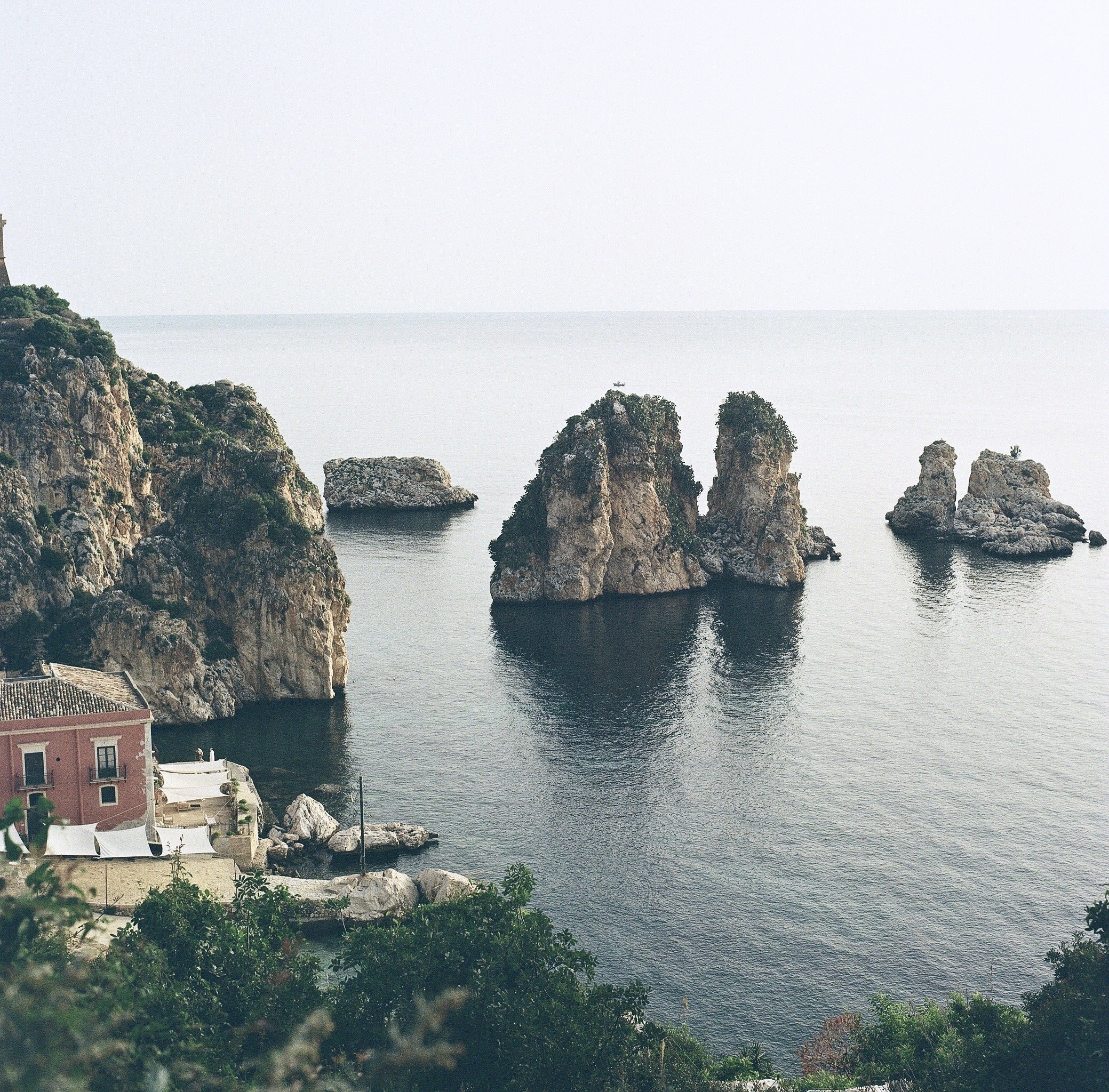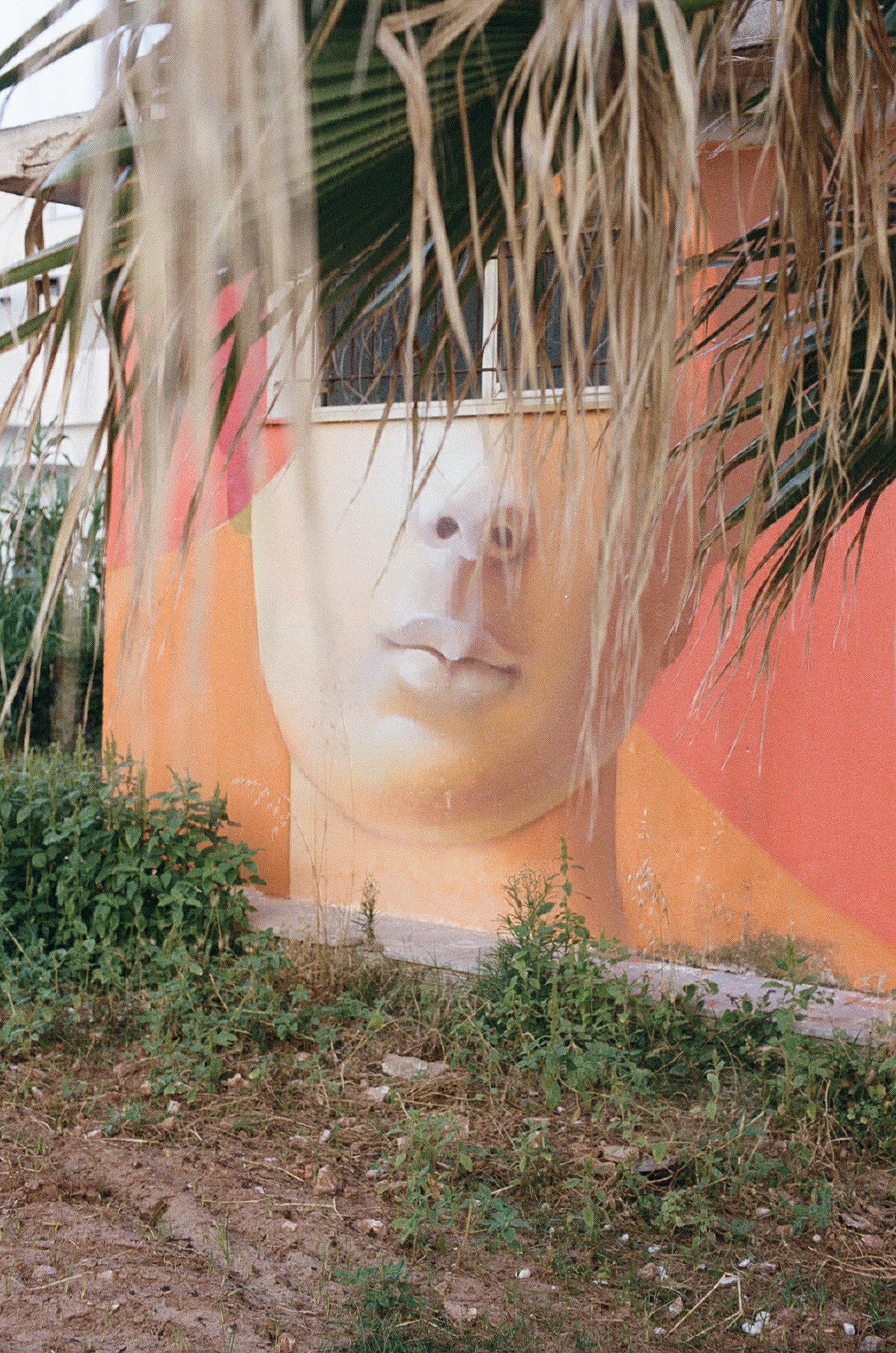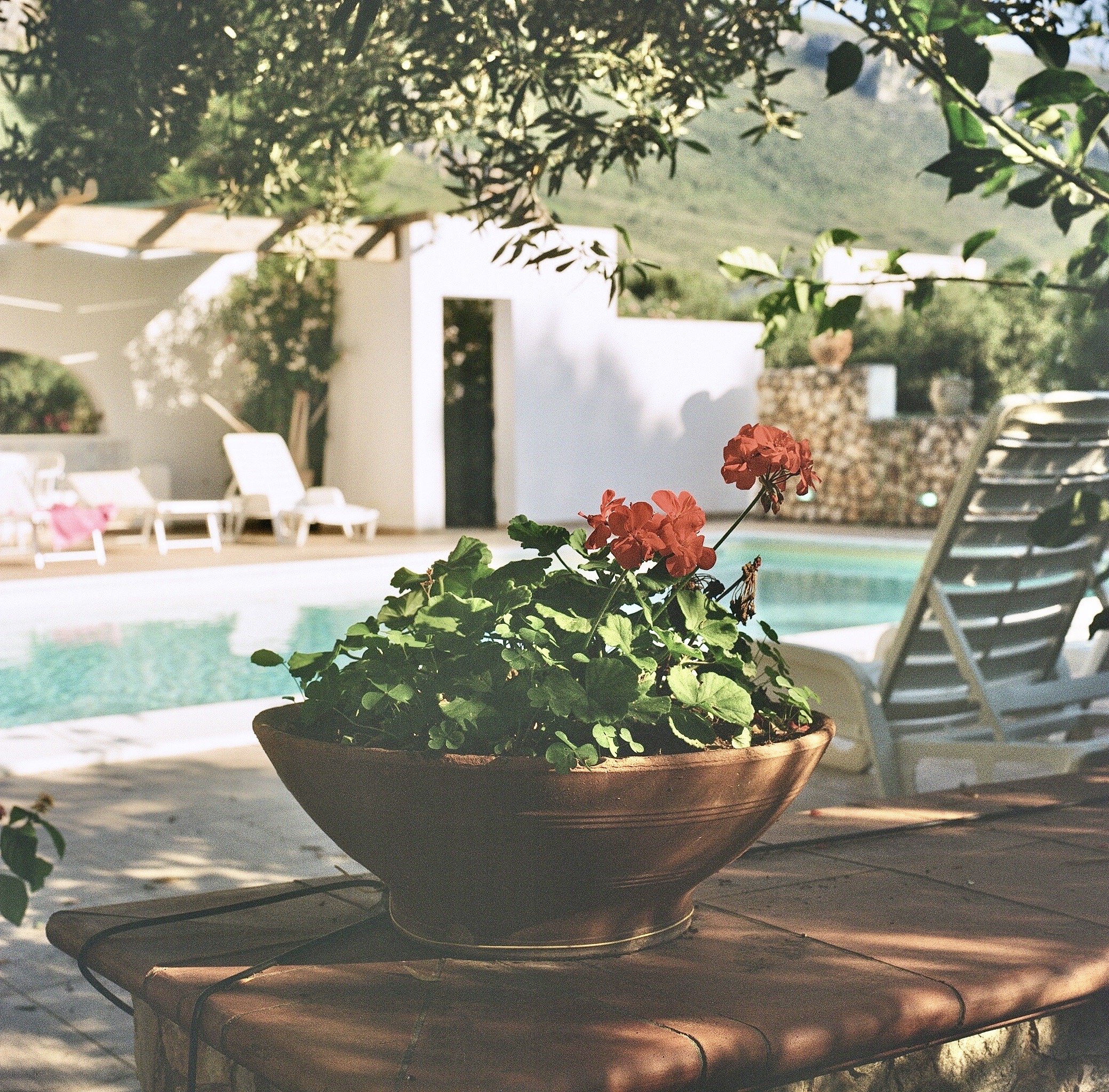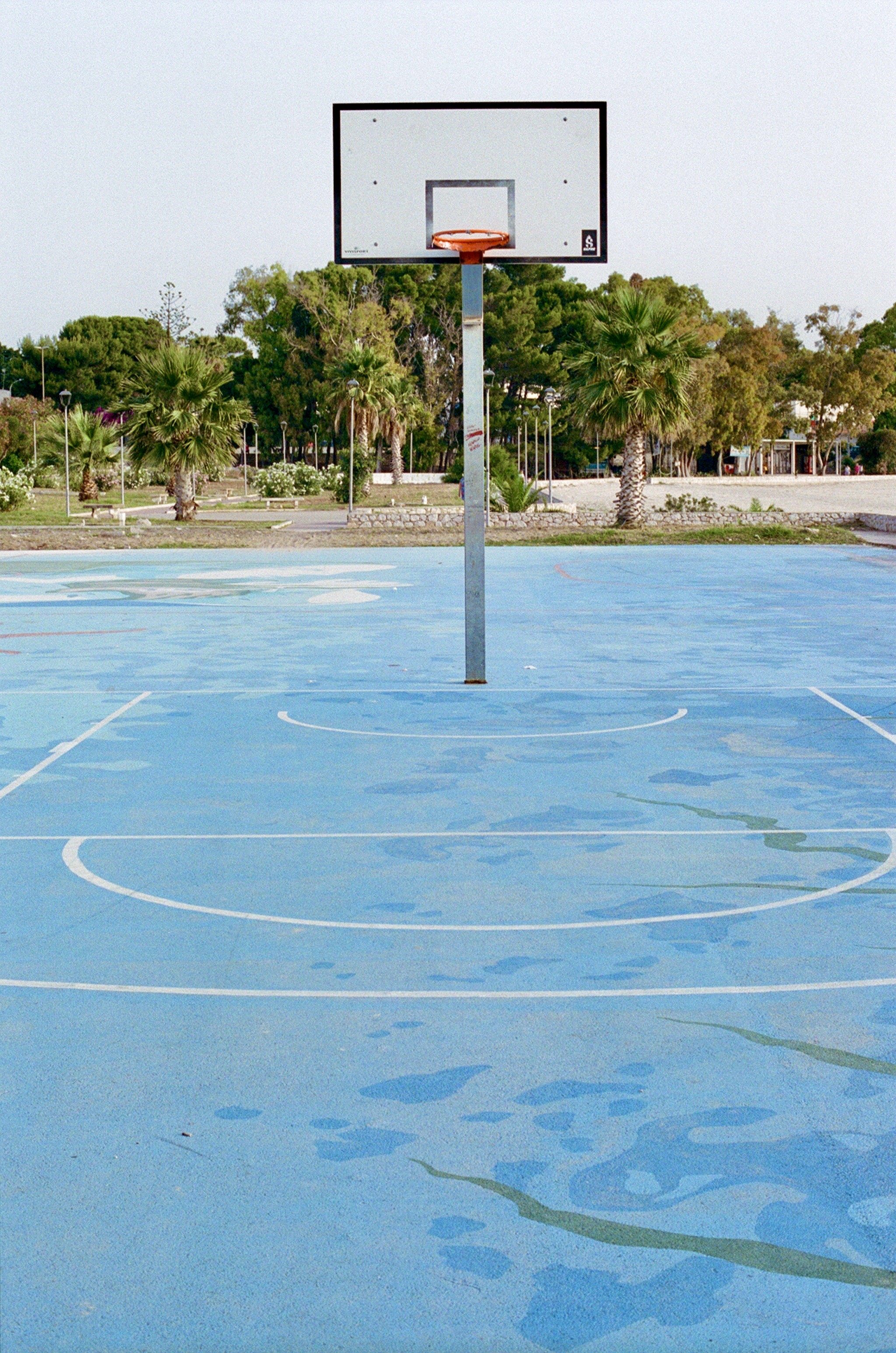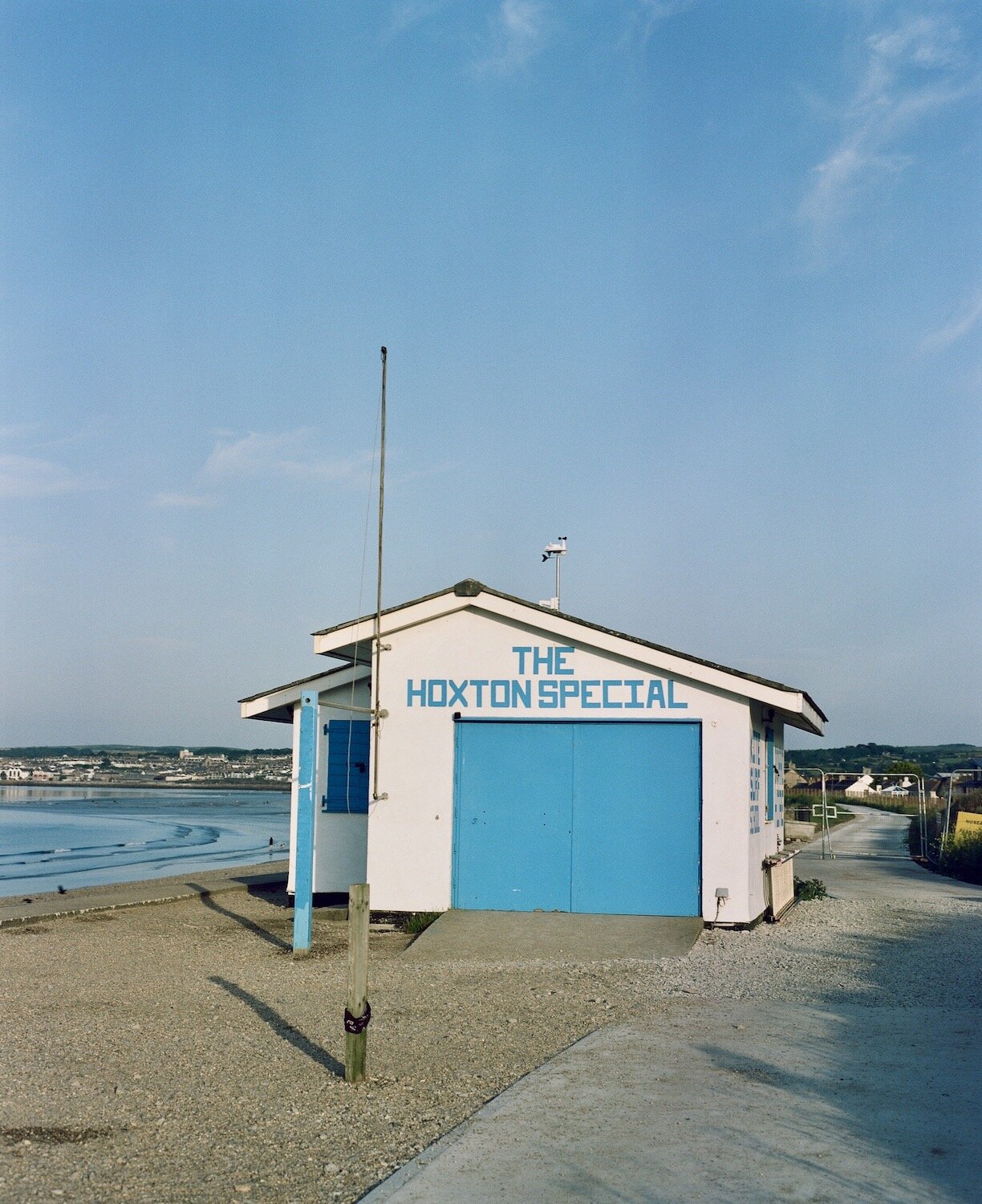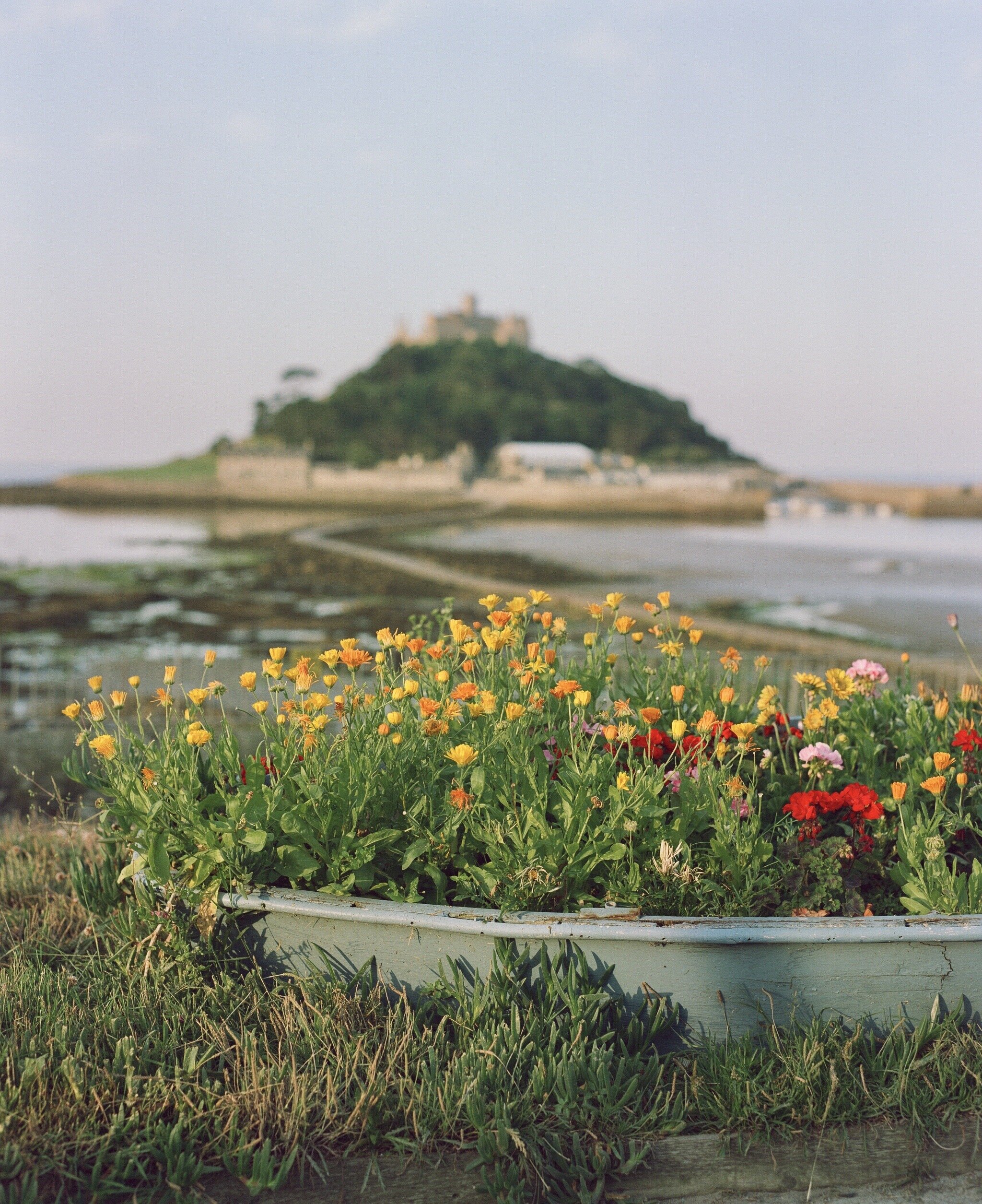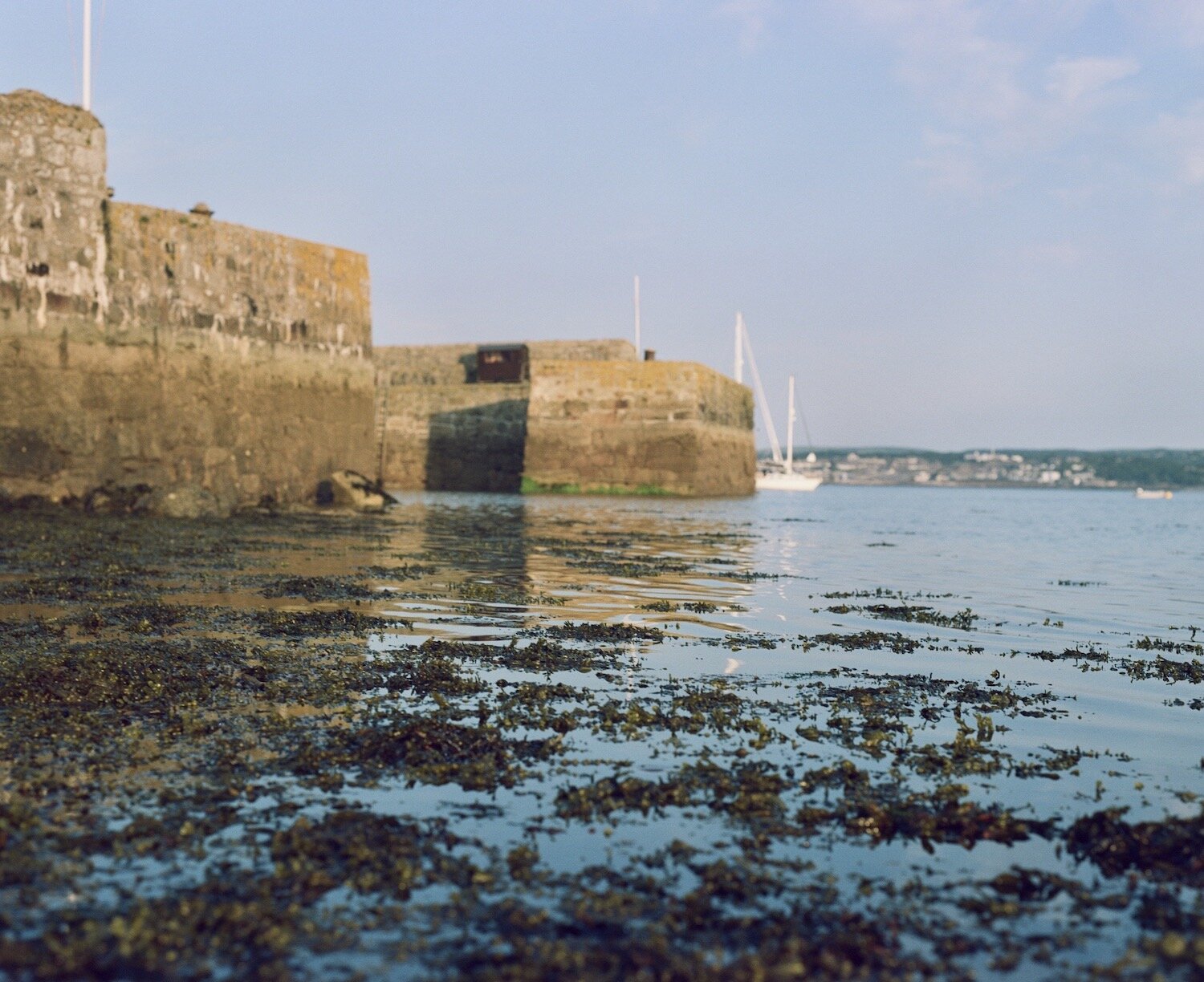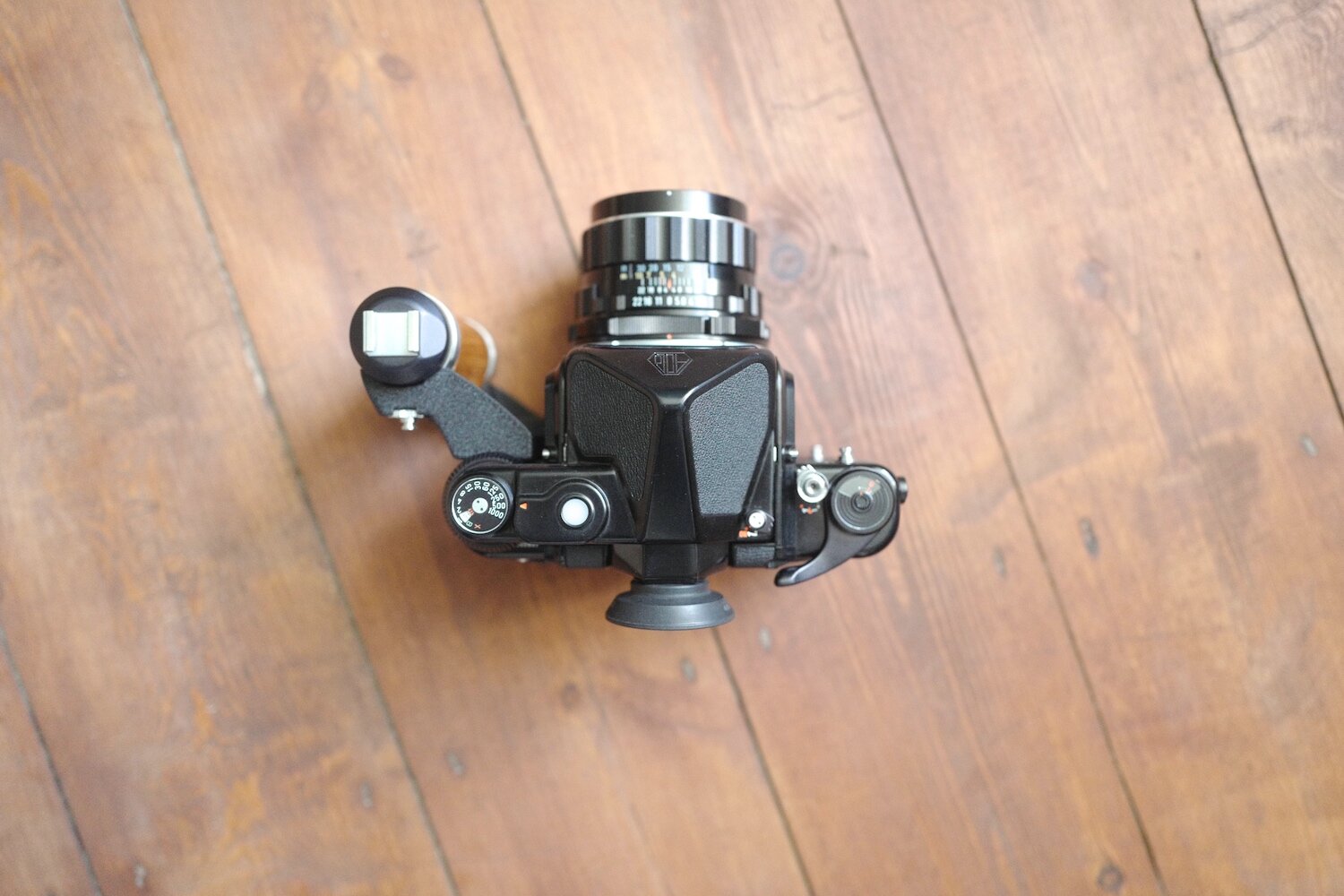Since the introduction of smart phones, I never found the need to own one, use one or interact with one. Remember the days when people use to use the power of voice to communicate which these days seems to be completely lost. We as a nation have become so addicted to “smart” that life outside has simply been lost.
Ive been what one might call as a “dumb” user for years. A phone user that enjoys the engagement of voice and the odd text, not the distraction of pushed valueless content. Over the years, Ive endeavoured to stay brand loyal and some years ago I finally found a phone manufacturer that meets my needs and offers something that smart phones will never, Simplicity! Who am I referring to then? well, its Light Phone. Designed by a bunch of clever guys from the US with similar values to me.
Just take a moment to watch one of Light Phones informative video’s (below) to educate yourself and see how dumb is real.
The new LP3 now includes a built in camera which has not been featured on their previous models. Will I use it? I think not but Im sure others will. I tend to use a phone for the simplest of reasons, to speak direct to someone. Texting is so impersonal.
Walking down any street this days and you’ll just how engrossed smartphone users have become as they sit in their own little social bubble or surfing the net whilst on the move. Thats never been me. Im so far removed from the lives that they lead. Thats why I love LP so much. My new LP3 will soon be on its way and I’ll soon be dumber than Ive ever been. RD


















